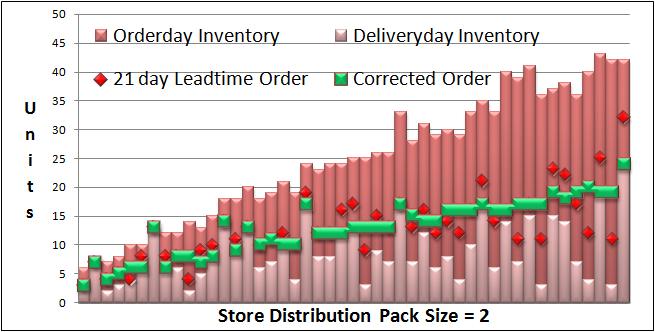DYNAMIC ALLOCATION
A major problem facing retailers is getting the proper amount of inventory to each store. Inventory imbalances, too much in some stores, and too little in others, leads to stock-outs or overstock conditions. This is a major problem for seasonal or circular items. Traditional inventory systems order inventory based upon inventory at the store level. The system then sums the requirements for the stores, and places an order to the manufacturer. The merchandise arrives several weeks later, and the warehouse distributes product to the stores based upon sales and inventory that is weeks old. This approach virtually guaranties store level inventory imbalances. Our system dynamically distributes product by store sales/inventory levels existing when the inventory is received.

Dynamic allocation is a powerful technique for year-around traditional or flow-thru facilities, or for distribution of seasonal or on-sale items. The benefits are enormous. We know of one nation-wide retailer who distributed all products, except for high-ticket electronic items using dynamic allocation through eight cross-dock facilities. The warehouse was "broom clean" each evening. Total distribution expense was less than one percent of sales. We know of a large regional grocery retailer who reduced costs by eight basis points using dynamic allocation.
Retailers not using dynamic allocation overlook inventory efficiency and cost saving opportunities.
